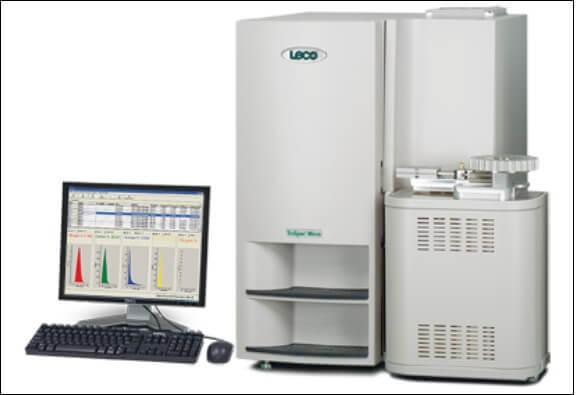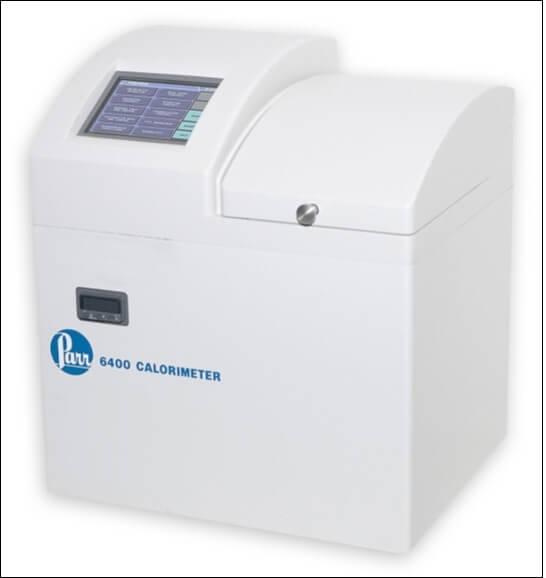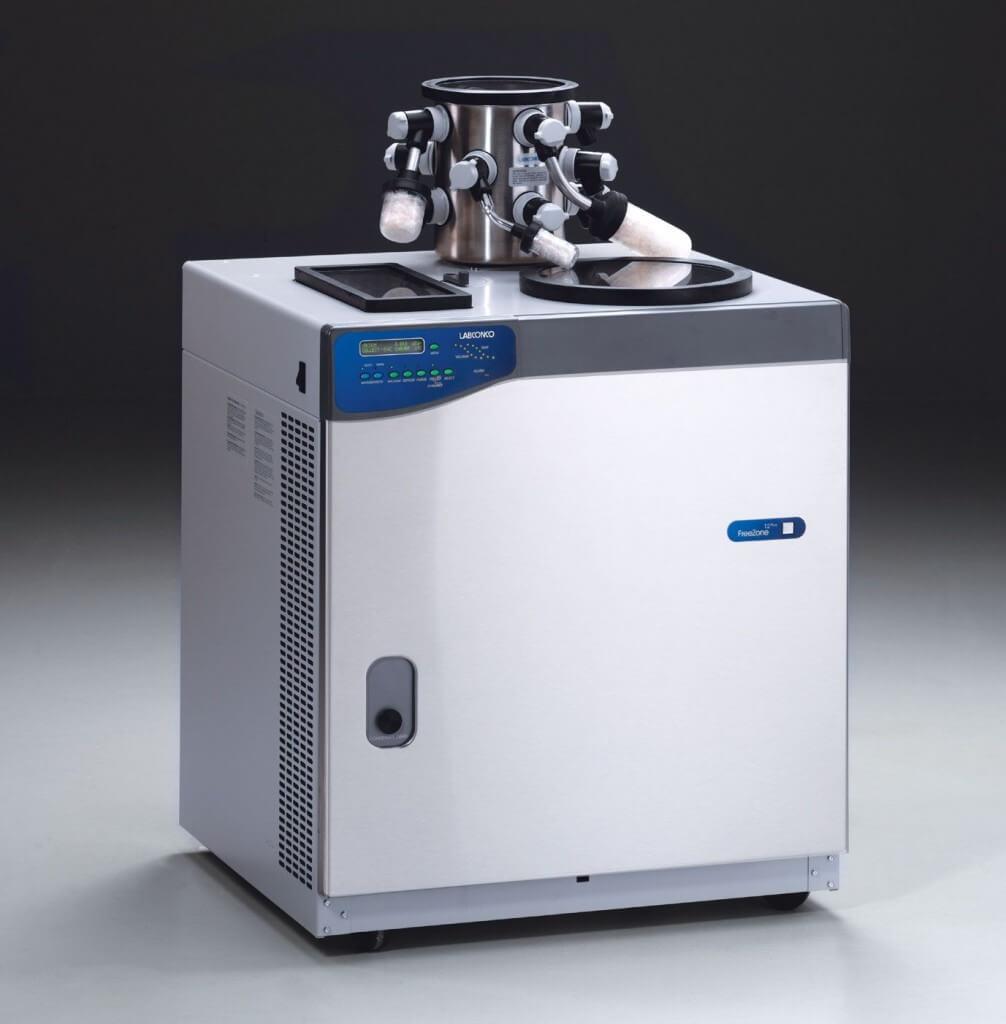Elemental Analyzer (Leco Truspec - CHNS)Principle: The CHN-S Analyzer finds utility in determining the percentages of Carbon, Hydrogen, Nitrogen, Sulphur and Oxygen of organic compounds, based on the principle of "Dumas method" which involves the complete and instantaneous oxidation of the sample by "flash combustion". The combustion products are separated by a chromatographic column and detected by the thermal conductivity detector (T.C.D.), which gives an output signal proportional to the concentration of the individual components of the mixture. |
Bomb Calorimeter (Parr 6400)Principle: Calorimetry is the science of measuring quantities of heat. The term calorific value (or heat of combustion) as measured in a bomb calorimeter denotes the heat liberated by the combustion of all carbon and hydrogen with oxygen to form carbon dioxide and water, including the heat liberated by the oxidation of other elements such as sulfur which may be present in the sample. Applications: The major applications for oxygen bomb calorimeters are: Solid and Liquid Fuel Testing, Waste and Refuse Disposal, Food and Metabolic Studies, Fundamental Thermodynamic Studies, Educational Training. |
Freeze Dryer (Labconco)Principle: Freeze drying is a process whereby water is removed from frozen materials by converting the frozen water directly into its vapor without the intermediate formation of liquid water. Applications: Important process for preservation and storage. Especially in food processing, pharmaceuticals, biological, etc. |
Image 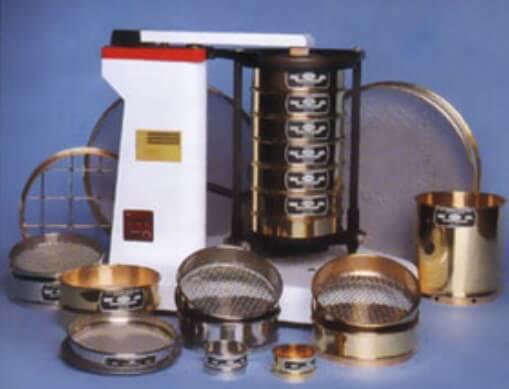 Particle Size AnalysisPrinciple: Initially the sample is sieved and treated with sodium hexametaphosphate that binds clay and silt particles. Organic matter suspended in the solution is determined with a calibrated hydrometer to measure after the sand and silt settles out. Corrections are made for the density and temperature of the dispersing solution. The data is processed and reported using automated software by WinSieve and Gradistat. Applications: A range of industries to include chemical, petrochemical, agricultural, food, mineral processing, advanced materials, energy, and the environment. |
TDS (Total Dissolved Solids)Principle: The solids in a water sample capable of passing through a glass fiber filter and dried to constant weight at 180o C. The determination is commonly referred to as total dissolved solids (TDS). Applications: To determine the soluble, filterable residue of water samples. |
Image 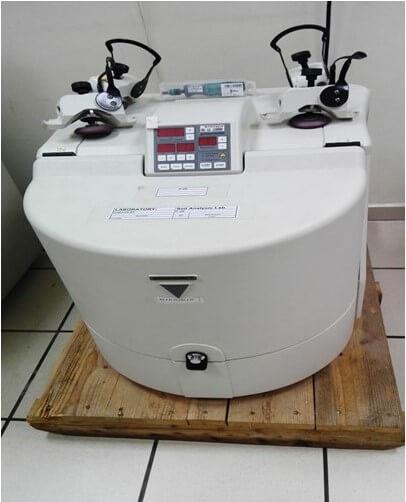 TSS (Total Suspended Solids)Principle: A well-mixed sample is filtered through a glass fiber filter using a vacuum pump, and the residue retained on the filter is dried to a constant weight at 103-105o C. Applications: To determine the quality of suspended, non-filterable solids in drinking, surface and saline waters, domestic and industrial wastes. |
Image  Fritsch PulverisettePrinciple: The source material is crushed and ground by grinding balls in a grinding bowl. The centrifugal forces from the rotation of the grinding bowls around their own axis and from the rotating support disc have an effect on the contents of the grinding bowl, consisting of material to be ground and grinding balls. Applications: Inorganic and Organic Environmental samples. |


 Colored
Colored Grayscale
Grayscale


